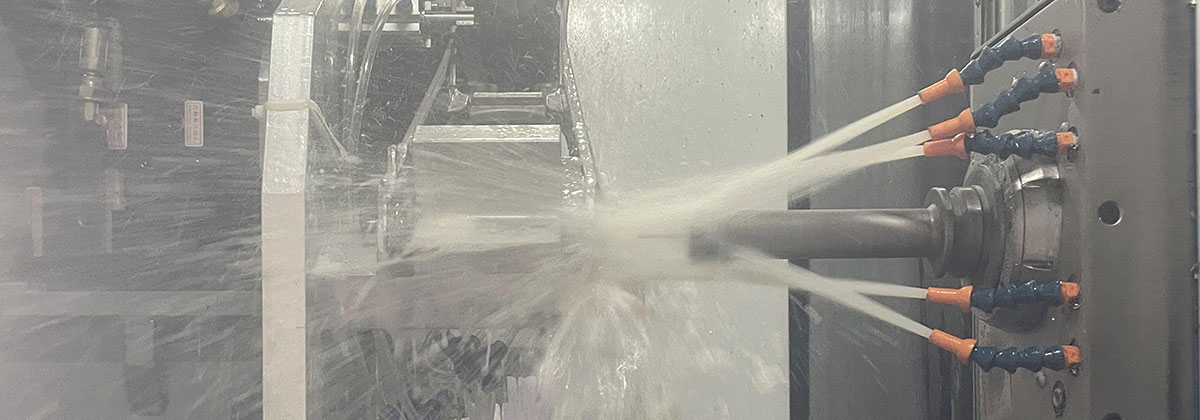序章:
Die casting is a widely used technique in the manufacturing industry for producing metal parts with high precision and excellent surface finish. The quality and efficiency of the die casting process heavily rely on the design and construction of the die casting mold. This article aims to explore the various aspects involved in creating a die casting mold and its significance in ensuring efficient manufacturing processes.
1. Design Considerations:
The first step in creating a die casting mold is the design process. Several factors need to be considered during the design phase to ensure the mold meets the desired specifications. These factors include the part geometry, material selection, draft angles, gating system, cooling channels, and ejection system.
– Part Geometry: The mold design should accurately represent the shape, size, and features of the desired part. Complex geometries may require multiple slides, cores, or inserts to be incorporated into the mold design.
– Material Selection: The choice of mold material is crucial as it should possess high strength, thermal conductivity, and resistance to wear and corrosion. Common mold materials include steel alloys, such as H13, P20, and D2.
– Draft Angles: The inclusion of draft angles on the part design allows for easier ejection of the part from the mold. Without appropriate draft angles, the part may get stuck in the mold, leading to production delays and increased costs.
– Gating System: The gating system determines how molten metal flows into the mold cavity. Proper gate design ensures consistent filling, prevents gas entrapment, and minimizes defects like porosity or cold shuts.
– Cooling Channels: Efficient cooling is essential to maintain the desired cycle time and minimize part distortion. The mold design should incorporate properly placed cooling channels to ensure uniform cooling throughout the mold.
– Ejection System: A well-designed ejection system facilitates the removal of the solidified part from the mold after each casting cycle. It should be robust enough to handle the ejection force without causing any damage to the part or the mold.
2. Mold Construction:
Once the mold design is finalized, the next step is to construct the die casting mold. The mold construction process involves several stages, including mold base preparation, cavity and core machining, assembly, and surface treatment.
– Mold Base Preparation: The mold base provides the foundation for the entire mold. It is typically made of high-quality steel and includes features like guide pins, bushings, and support pillars for proper alignment and stability.
– Cavity and Core Machining: CNC machining or EDM (Electrical Discharge Machining) processes are used to accurately machine the mold cavity and core. This ensures dimensional accuracy and surface finish as per the design requirements.
– Assembly: The machined cavity and core are assembled with the mold base, along with other components like slides, ejector pins, and cooling channels. The assembly process requires precision to ensure proper alignment and functionality of all the mold components.
– Surface Treatment: Proper surface treatment techniques, such as polishing, texturing, or coating, are applied to the mold cavity and core to enhance part release, improve surface finish, and reduce wear and corrosion.

3. Testing and Optimization:
After the mold construction is complete, it undergoes rigorous testing and optimization to ensure its functionality and performance. Mold trials are conducted to check the overall mold operation, including part filling, solidification, ejection, and cooling. If any issues are identified, adjustments are made to the mold design or process parameters to optimize the casting quality and production efficiency.
Conclusion:
Creating a die casting mold is a crucial step in achieving efficient manufacturing processes. The design considerations, mold construction, and testing play a significant role in determining the success of the die casting operations. By carefully considering these aspects and continuously improving the mold design and manufacturing techniques, manufacturers can achieve consistent quality, reduce production costs, and meet the growing demands of the industry.

 0086-750-5616188
0086-750-5616188 +86 13392089688
+86 13392089688 sales@zhongmei-tech.com
sales@zhongmei-tech.com













